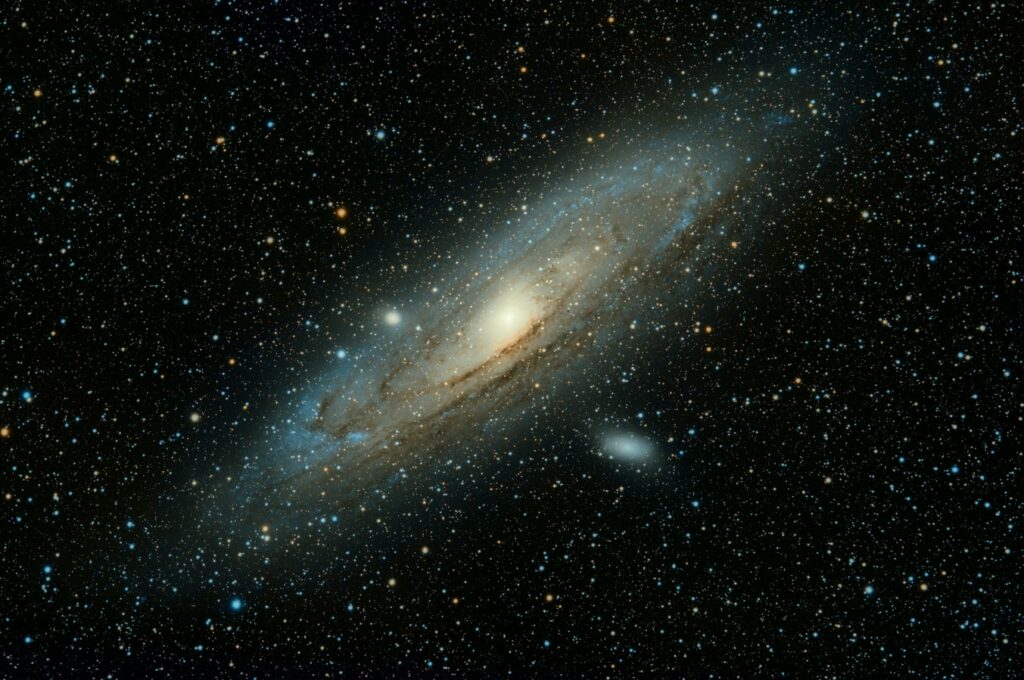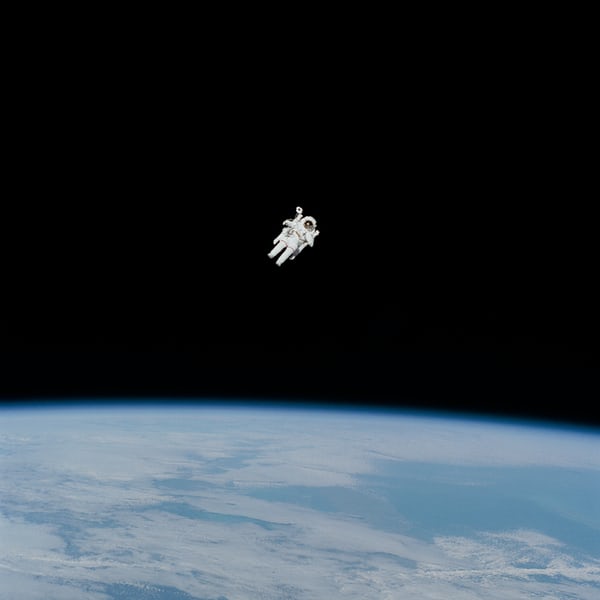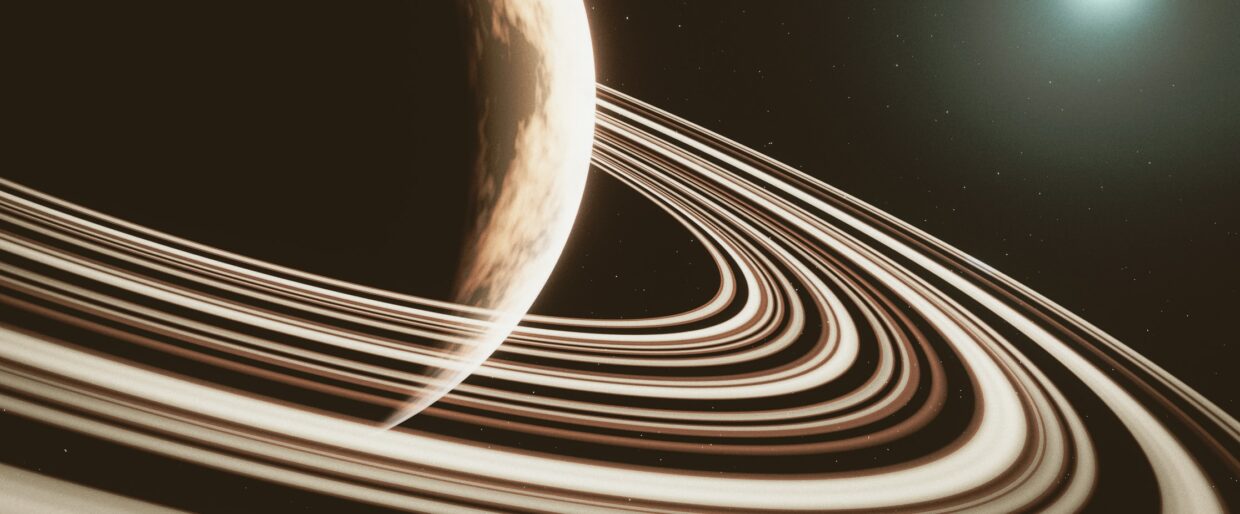The goal of Sharmane’s project was to understand our solar system and universe, and the driving question was: What are the complexities of our solar system and universe?

Students created a “Solar System Catalogue” to define the characteristics of our solar system. Then students chose individual topics ranging from dark matter to creating a solar system of 3-5 planets to pursue further. Each topic had a starting point from the Discovery Education, Techbook. The project required documenting learning to share and creatively demonstrating their understanding (model, diagram, etc.). Students shared their learning in small group presentations.

Project Highlights:
- Discussion was rampant as Sharmane’s class shared questions and thinking that came up:
- What planet is the best?
- Is it worth it to explore space?
- How would we visit the closest star?
- What kicked Pluto out of the planets?
- Students would recommend sources of information to each other (e.g. NASA, etc.)
- Clear student passion – a lot of requests to work on this project in down time
- Aspects of this project would lend themselves really well to online learning since students could do some of this research from home
I try to give the students little seeds of possibility. As well as ideas I have for project investigations, I leave it open for students to talk to me about an idea for a project or inquiry that is not included. I’m more than open to these possibilities. In the information for a possible project, I give them both a prompt (topic) and a starting point (video or article). From there, students can inquire.
sharmane baerg
Challenges:
- Scheduling Chromebooks
- Encouraging real research; discouraging “Googling” topics
Resources:
Teacher PDFs
Student Websites
NASA StarChild Learning Center
Smithsonian National Air and Space Museum Exploring the Planets
